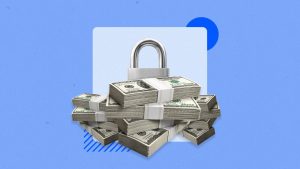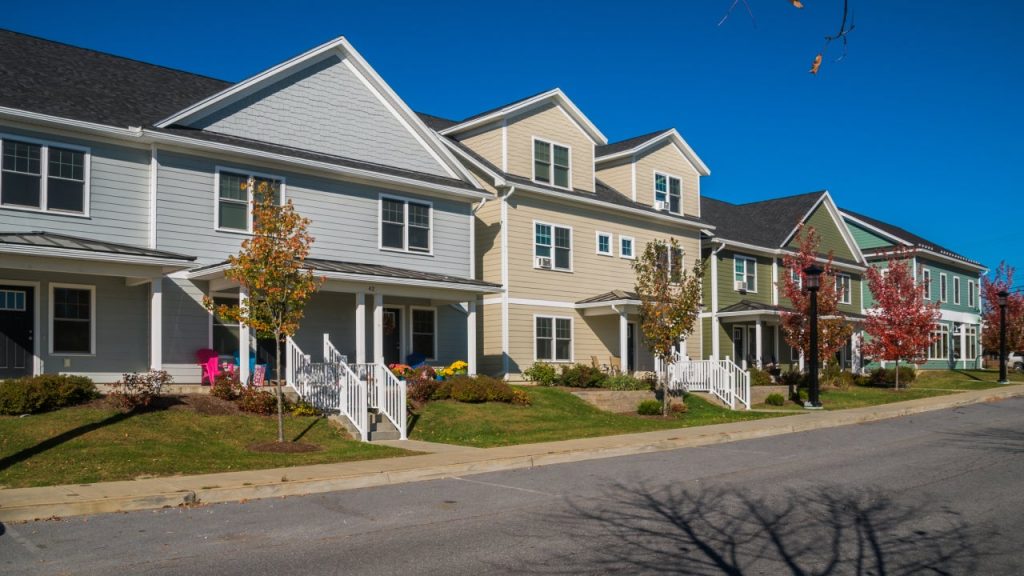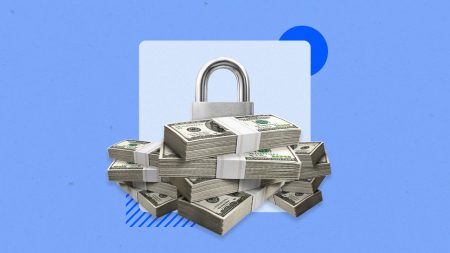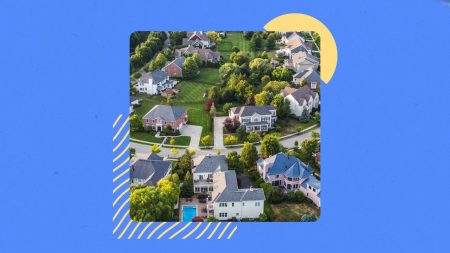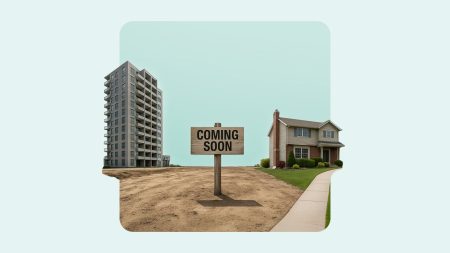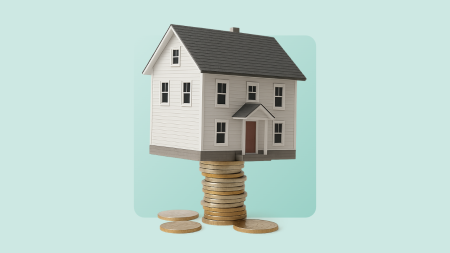KenWiedemann/Getty Images
Key takeaways
- HomeReady mortgages are a type of conventional loan for lower-income borrowers, backed by Fannie Mae.
- To qualify for a HomeReady loan, your income can’t exceed more than 80 percent of your area’s median income.
- The program offers a low 3 percent down payment minimum and reduced mortgage insurance premiums.
What is a HomeReady mortgage?
A HomeReady mortgage is a type of conventional loan that helps qualified lower-income borrowers buy homes or refinance.
The main draw of a HomeReady loan is its low down payment requirement: just 3 percent of the home’s purchase price. That down payment can come from your own savings and/or a variety of other sources, such as gifts from family or friends and assistance grants.
However, it can only be used for primary residences. You can use it for a detached single-family home or an eligible condo, co-op or manufactured home. You can also use it for a duplex, triplex or four-unit property, provided you live in one of the units as your primary residence.
This type of loan is often a 30-year fixed-rate mortgage, but it’s also available in 10-, 15- and 20-year fixed-rate terms. There’s also an adjustable-rate version, available in five-, seven- and 10-year terms.
HomeReady loans are backed by Fannie Mae, a government-sponsored enterprise (GSE), but Fannie Mae is not the lender — the loans are funded by mortgage lenders. You’ll apply for and close the mortgage through a bank, credit union, savings and loan or other lender.
HomeReady vs. Home Possible mortgages
Home Possible is a similar program to HomeReady, but it’s backed by Freddie Mac instead of Fannie Mae. Both loans are designed for lower-income borrowers. The key difference: If you’re buying a single-family home at a fixed rate, you’ll need a credit score of at least 660 for a Home Possible loan. You can buy the same type of home with a credit score as low as 620 with a HomeReady mortgage.
HomeReady income limits
The HomeReady mortgage program is designed to help lower-income borrowers be able to buy a home. To qualify for one, you’ll need an income at or below 80 percent of the area median income (AMI) in the area in which you plan to buy. You can use Fannie’s Mae’s lookup tool to check AMI limits in your location.
Until Feb. 28, 2026, the program provides a $2,500 lender credit for first-time homebuyers with incomes no more than 50 percent of the AMI. That credit can be applied to the down payment, closing costs or other aspects of the transaction.
You are permitted to have one other financed property to your name at the time, in addition to the one you’re buying, per Fannie Mae guidelines.
Other HomeReady requirements
Beyond the income limits, other HomeReady requirements include:
Pros and cons of HomeReady mortgages
Pros
- Low down payment: HomeReady mortgages only require 3 percent down, and those funds don’t necessarily have to come from your personal savings. You can use gifts from relatives or friends, for example.
- Reduced mortgage insurance: With conventional loans, you’re required to pay private mortgage insurance if you put less than 20 percent down. The HomeReady program lowers these premiums for borrowers who put less than 10 percent down.
- Rental income on your application: When you apply for a HomeReady loan, you can include projected rental income as part of your qualifying income, thus boosting your approval chances. This can help borrowers who want the funds for a property they’ll both live in and rent out.
- Can be used to refinance: A HomeReady mortgage can be used to refinance your current mortgage, which can help you obtain more favorable loan terms, such as a lower interest rate or reduced monthly payments.
Cons
- Income limits: Your income cannot surpass 80 percent of your area’s median income. You can use Fannie Mae’s lookup tool to find out whether you qualify based on income.
- Property-type limits: HomeReady loans cannot be used to purchase a second home or vacation property.
- Loan-size limits: The HomeReady program is subject to conforming loan limits. In 2025, that means you can’t borrow more than $806,500 for a single-family home in most areas. (Some costlier areas, like Alaska, parts of California and Hawaii, have higher limits.)
FAQs
Why we ask for feedback
Your feedback helps us improve our content and services. It takes less than a minute to
complete.
Your responses are anonymous and will only be used for improving our website.
Help us improve our content
Read the full article here
